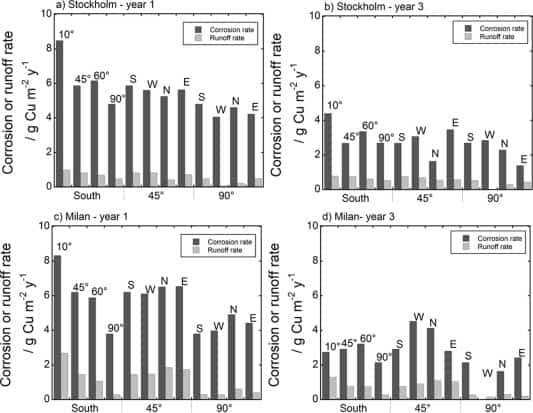
Rainfall is measured most simply by noting periodically how much has been collected in an exposed vessel since the time of the last observation. Care must be taken to avoid underestimating rainfall due to evaporation of the collected water and the effects of wind (Folland, 1988; Mueller & Kidder, 1972). Time series can be constructed and analysis performed in a similar manner to those of temperature.
The measurement of global rainfall offers an indirect or qualitative assessment of the energy of the Earth-atmosphere system. Increased heat storage will increase the rate of evaporation from the oceans (due to higher surface temperatures). In turn, the enhanced levels of water vapour in the atmosphere will intensify global precipitation. Rainfall is, however, subject to significant temporal and spatial variability, and the occurrence of extremes, and consequently, analysis of time series is more complex (Huff, 1970).




Leave a Reply